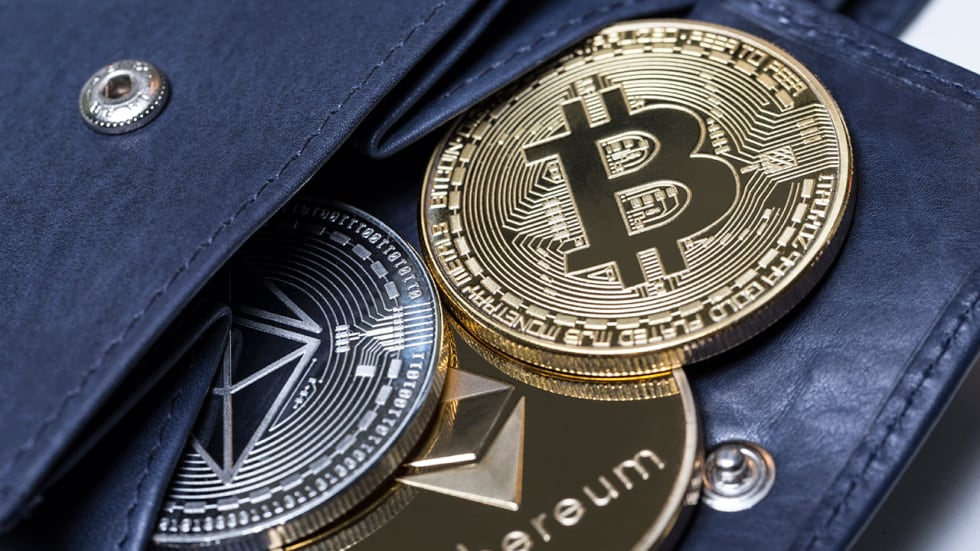I asked my 7th grader, Luke, to help me with an atypical chore: competitive pricing benchmarking for a rental property. This task was in addition to his normal chores and he looked dubious, so I sweetened the offer by offering to pay him in cash, candy or Bitcoin. After a few questions about cryptocurrency, we shook hands and had a deal. Soon, he was the proud owner of 0.00055 Bitcoins.
Technically, I still owe him 0.00055 Bitcoins as I have yet to figure out which cryptocurrency platform allows minors to open accounts. But Luke knows I’m good for it because this is not his first time investing.
We started investing when he was a second grader, same as his older sisters. We’ve told our kids that we will fund any investment that we collectively agree on between now and the age of 25. We don’t plan to leave them an inheritance, so we want them to be equipped for a future in which their own investments give them financial security.
We are intentional about teaching our kids about money because collectively as Americans we focus a lot on earning money, but collectively we stink at managing money. Sixty-eight percent of Americans make a major financial mistake before the age of 30. Seventy percent of wealthy families lose their wealth by the next generation. Professionals are not any better. Nearly 90 per cent of actively managed funds fail to beat the S&P 500.
We don’t want our kids to necessarily beat the market. We want our kids to be able to think independently about money. We want them to manage their money, not let it manage them. We want them to find the right balance between ignorance and obsession with money.
In early elementary school, my kids were too young to be interested in financial statements, strategy or valuation. That forced me to keep things simple and engaging. I started with Peter Lynch’s principle of “invest in what you know,” or at least in what you’re interested in.
Luke was interested in Mars and space travel, after seeing a rocket launch at Cape Canaveral that his uncle had worked on. I didn’t have access to SpaceX shares, so I offered him a few choices to pick from including a few aerospace companies, including Tesla as a proxy for SpaceX. Our financial advisor did warn him that their own research said Tesla was rated a sell. Luke was undeterred and confirmed he wanted Tesla, which he bought at US$41 per share in 2016 in his UTMA account.
I didn’t ask my kids if they wanted to invest; rather, I gave them a set of choices to pick from. That mirrored the kinds of choices they were accustomed to. We didn’t ask the kids if they wanted to eat vegetables, we asked them if they wanted broccoli or spinach.
But I did ask them to do some critical thinking about the future demand for their investments. My eldest, Miya, invested in Apple in 2010, when she was 7. We would go to the Apple store to look at their latest products, and I would ask her if she thought the new products were much more exciting than the prior ones. I would ask her what kinds of phones her friends wanted. My middle child, Audrey, owns Alphabet. I ask her if she watches more YouTube than a year ago and which search engine she likes best. We use the rule of 72 to ask them to figure out how many years until the category — not the company — doubles, and use that as a basis for investing.
Every year, I also ask if the kids want to sell their investments. I learned with my older nieces to not make this a binary choice of hold the stock or cash out. Instead, I ask my kids “If you sold, what would you invest in instead?” This reinforces the idea that time in the market matters more than timing the market. I want them to know that young people with long horizons should take much more risk, not less.
We want our children to be self-aware of feel the full spectrum of feelings that money induces. I share stories of when others took a risk to express a different point of view and were mocked publicly but proven right in the long run. Stories stick much more than strategies. We also make our kids pay for their own cell phones and data plans, just so they could feel the pain of trade-offs. Once, when Miya felt the embarrassment of insufficient funds in her bank account while trying to buy a Frappucino at Starbucks, I was secretly delighted. Feelings linger much longer than facts. And we want our kids to taste the agency that comes from growing something of their own.
Our kids know investing matters. Whether they turn out to be good investors, well, only time will tell. But least for now, Tesla and Bitcoin ensure we always have something interesting to talk about. We will all collectively benefit if we can raise a new generation of savvier investors at a much earlier age.
